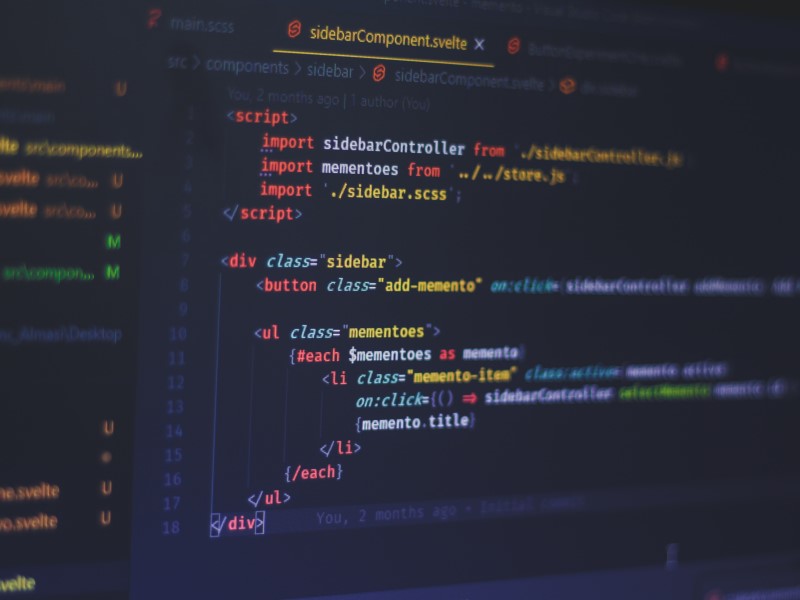Using Kotlin Over Java for Android Development
12 March 2023

Web development is the process of creating websites and web applications that run on the internet. Web developers use various technologies and skills to design, build, and maintain websites that are functional, attractive, and user-friendly. If you are interested in becoming a web developer, this blog post will give you an overview of what web development is, what types of web developers there are, and how you can get started.
What is Web Development?
A website is a collection of web pages that are linked together by hyperlinks. A web page is a document that contains text, images, videos, audio, or other multimedia elements that can be displayed on a web browser. A web application is a type of website that allows users to interact with it and perform tasks online.
Web development involves writing code that tells the browser how to display and handle the content on a web page or a web application. Web development also involves working with databases, servers, APIs (application programming interfaces), security features, testing tools, and more.
Web development can be divided into two main categories: front-end development and back-end development.
Front-End Development
Front-end development refers to the part of web development that deals with the user interface (UI) of a website or a web application. The UI is what the users see and interact with on their screens. Front-end developers use HTML (HyperText Markup Language), CSS (Cascading Style Sheets), and JavaScript to create the layout, style, and functionality of a website or a web application.
HTML is the standard markup language for creating web pages. It defines the structure and content of a web page using tags and attributes. CSS is the language for styling HTML elements. It controls how HTML elements look on different devices and browsers using properties and values. JavaScript is the programming language for making web pages dynamic and interactive. It can manipulate HTML elements based on user actions or events.
Front-end developers also use various frameworks and libraries to enhance their work. A framework is a collection of pre-written code that provides common functionality for building websites or web applications. A library is a collection of reusable code snippets or functions that can be imported into other projects. Some examples of popular front-end frameworks and libraries are:
Back-End Development
Back-end development refers to the part of web development that deals with the server-side logic of a website or a web application. The server-side logic is what happens behind the scenes when users request data from or send data to a website or a web application. Back-end developers use various programming languages, databases, and APIs to create, store, and manipulate data, and communicate with the front-end.
A programming language is a set of rules and syntax for writing instructions that computers can understand and execute. Some examples of popular back-end programming languages are:
A database is a structured collection of data that can be accessed, queried, and manipulated using SQL (Structured Query Language) or other methods. Some examples of popular databases are:
An API is an interface that defines how different software components can communicate with each other using requests and responses.
Some examples of popular APIs are: